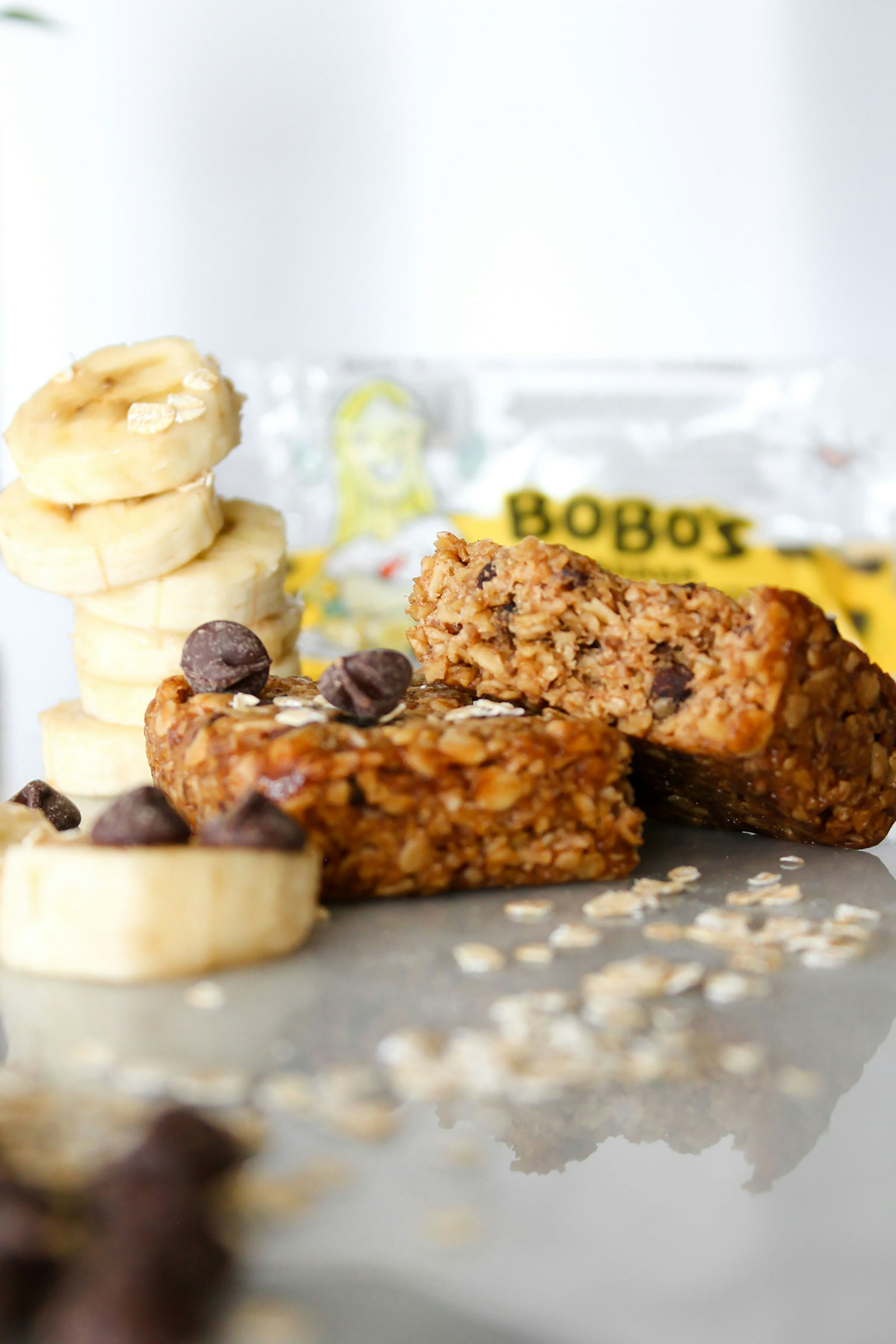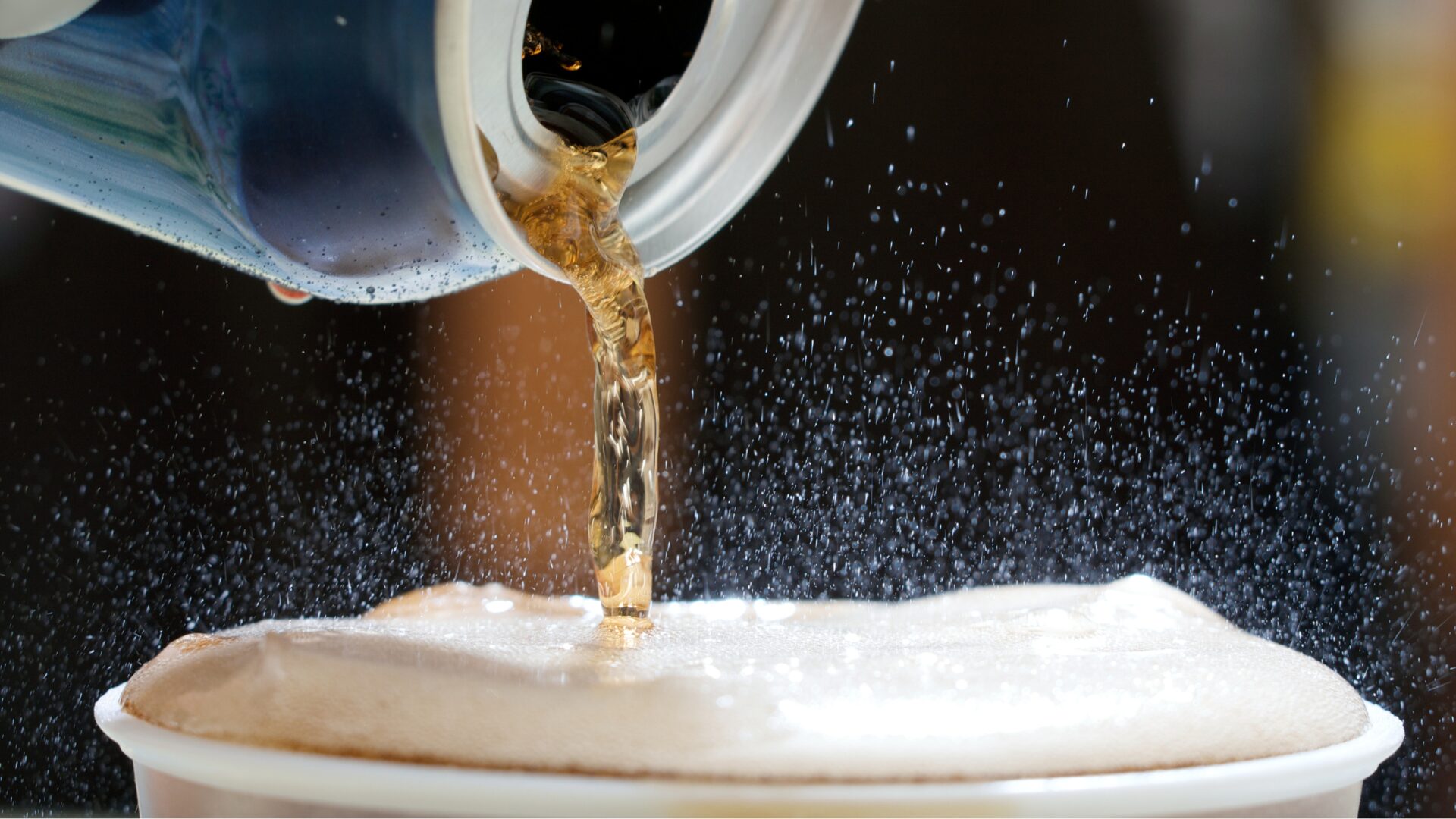Snack bars have never been bigger, and brands like MadeGood and Bobo’s are winning over Millennial parents. CEO Oisin Hanrahan, for one, has taken note of the brands’ winning strategies.
“There is ever more focus on better-for-you products,” said Hanrahan, the CEO of Keychain, a platform that connects retailers and brands with manufacturing partners. “As a parent … you don’t want to lean into the sugary, heavily processed stuff. As a result, you say ‘Are these snacks a little lower in sugar and salt? Are they a little less processed? And I think (MadeGood and Bobo’s) hit the mark on that front.”
“You’ve got Millennial parents leaning in hard to these snacks.”
Consumption Rising
There’s big money to be made in the snack-bar segment these days. According to Mordor Intelligence, the snack bar market size is projected to surpass $20.3 billion this year and grow at a CAGR of 8.2% through 2030. Last year, Bobo’s, for example, brought in approximately $90 million in revenue, per Axios research.
“If you can package a (snack bar) and really communicate to the consumer that this product is a little better for you than a Mars bar or whatever, it’s a little lower on the real bad sugars, and you’re hitting the mark on affordability? Then you can really get some momentum,” Hanrahan told The Food Institute.
Snack-bar consumption shows no signs of slowing. Consider the following 2023 data from Spins and Circana, as reported by Food Business News:
- 30% of consumers eat snack and granola bars to support mental well-being
- 32% eat bars to achieve nutritional goals
- 44% eat bars to satisfy hunger
- 49% eat bars for energy
- 75% eat bars at home
Snack bars like MadeGood and Bobo’s have, in essence, become a frequent grab-and-go, “mini meal replacement” for many consumers, Hanrahan said.
MadeGood and Bobo’s have also tapped into an allergy-free market that has grown to include nearly 33 million Americans according to foodallergy.org. MadeGood prides itself on whole ingredients “that promote health,” according to its website. In a similar spirit, the Bobo’s brand is certified gluten-free.
“So many people are now aware of allergies,” Hanrahan noted. “Previously, they might not have known why they had a rash, or why they were tired in the afternoons, or why they had a stomach problem.”
“I think (MadeGood and Bobo’s) have really gone after the Millennial parent and the trends – allergen-free, better-for-you, and some element of affordability at a price point that works.”
Lessons to be Learned
Brands like MadeGood and Bobo’s also satisfy another consumer demand in 2024: transparency.
“Bobo’s has gone for the clear packaging. You see exactly what’s in it. You see the bar and you know what it is. You can almost smell it when you see the wrapper,” said Hanrahan, a Harvard Business School grad. “MadeGood … the packaging they’ve chosen speaks to a healthiness, clean living, and it feels clean.
“Bringing a killer product to market and executing on it, it’s not just the product itself. It’s how they’re standing out on the shelf versus peers.”
If you want to launch a successful snack brand these days, you need to fill a market gap. MadeGood and Bobo’s have accomplished that by resonating with Millennial parents seeking healthier, mini-meal replacements that are suitable for allergy-free school settings.
“You’ve got to look at the exact target market you’re going after,” Hanrahan said. “It’s really figuring out what are the things that your target market’s looking for and figuring out where the white space is.”












